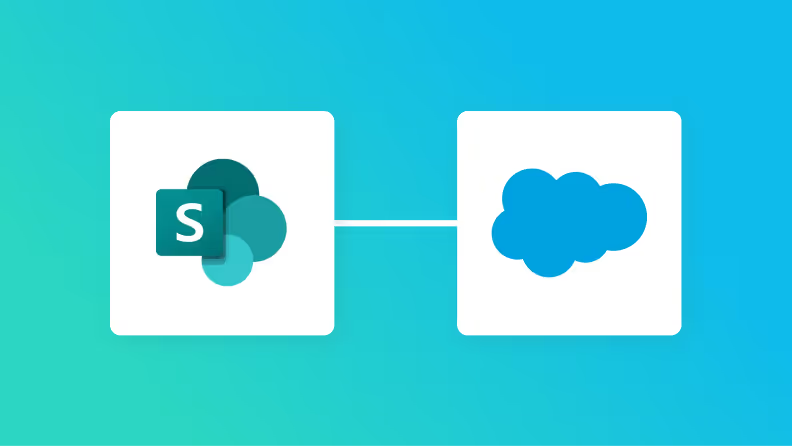How to Create an Integration Flow between Apollo and Salesforce
From here, we will explain the steps for app integration.
The general flow is as follows:
・Integrate Apollo and Salesforce with My Apps
・Copy the template
・Set a trigger in Apollo and set an action in Salesforce
・Turn on the trigger to prepare for flow operation
If you are already registered with Yoom, please log in. If not, please register for free and proceed with the setup.
Step 1: Integrate Apollo and Salesforce with My Apps

First, integrate Apollo and Salesforce with My Apps.
After logging into Yoom, click "My Apps" on the left side of the screen and proceed with the setup from "+New Connection".
Search for Apollo and click on it.

When you click, the Apollo connection settings screen will be displayed.
Enter any name for the account name and input the API key issued here for the access token.
After entering, click "Add" to complete the My Apps integration.
Next, search for Salesforce.
If you want to try it in a sandbox environment, click Salesforce (Sandbox Environment), or click Salesforce for a production environment setup.

.png)
After that, log in to Salesforce and grant access to complete the integration.
For detailed instructions on integrating Salesforce, please refer to this guide.
※Salesforce is an app available only with the Team Plan and Success Plan. If you are on the Free Plan or Mini Plan, operations and data connections set with Flowbot will result in errors, so please be careful.
※Paid plans such as the Team Plan and Success Plan offer a 2-week free trial. During the free trial, you can use apps that are subject to restrictions.
Next, proceed with the setup using the Flowbot template.
Log in to Yoom and click "Try it" on the banner below.





























.avif)
.avif)
.avif)






